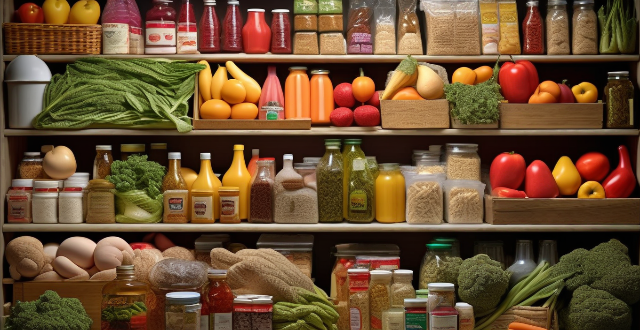Food packaging regulations and standards are crucial for ensuring the safety, quality, and environmental sustainability of food products. Key considerations include material safety, labeling requirements, barrier properties, mechanical properties, and environmental considerations. Manufacturers must adhere to these guidelines to provide consumers with safe and high-quality food products while minimizing their impact on the environment.

Regulations and Standards for Food Packaging
Food packaging plays a crucial role in preserving the quality and safety of food products. It is essential to follow certain regulations and standards to ensure that the packaging material does not contaminate the food or harm consumers. Here are some of the key regulations and standards for food packaging:
1. Material Safety
- Non-toxicity: The packaging material should be non-toxic and free from harmful chemicals that can leach into the food.
- Migration limits: There should be strict limits on the amount of substances that can migrate from the packaging material into the food.
- Recyclability: The packaging material should be recyclable or biodegradable to minimize environmental impact.
2. Labeling Requirements
- Product information: The packaging must provide accurate information about the product, including its name, net quantity, ingredients, nutritional facts, and allergens.
- Date marking: The packaging should clearly display the production date, expiration date, or best before date.
- Batch code: A unique batch code should be included on the packaging to trace the product in case of any issues.
3. Barrier Properties
- Moisture resistance: The packaging should be able to resist moisture to prevent spoilage of the food product.
- Oxygen barrier: The packaging should have an oxygen barrier to prevent oxidation of the food product.
- Light sensitivity: If the food product is sensitive to light, the packaging should provide adequate protection against UV radiation.
4. Mechanical Properties
- Strength and durability: The packaging should be strong enough to protect the food product during transportation and storage.
- Seal integrity: The packaging should have a good seal integrity to prevent leaks and contamination of the food product.
- Tamper evidence: The packaging should have tamper-evident features to indicate if it has been opened or tampered with.
5. Environmental Considerations
- Energy efficiency: The production and disposal of the packaging material should have minimal energy consumption and environmental impact.
- Waste reduction: The packaging design should aim to reduce waste by using minimal material and promoting recycling.
- Sustainable materials: The use of sustainable materials such as recycled paper, bioplastics, and plant-based fibers is encouraged.
In conclusion, food packaging regulations and standards focus on ensuring the safety, quality, and environmental sustainability of food products. By adhering to these guidelines, manufacturers can provide consumers with safe and high-quality food products while minimizing their impact on the environment.